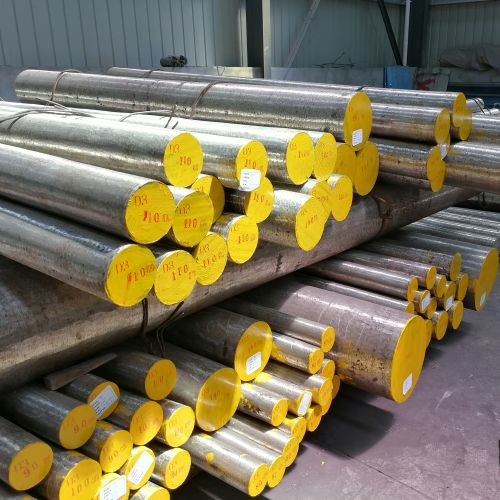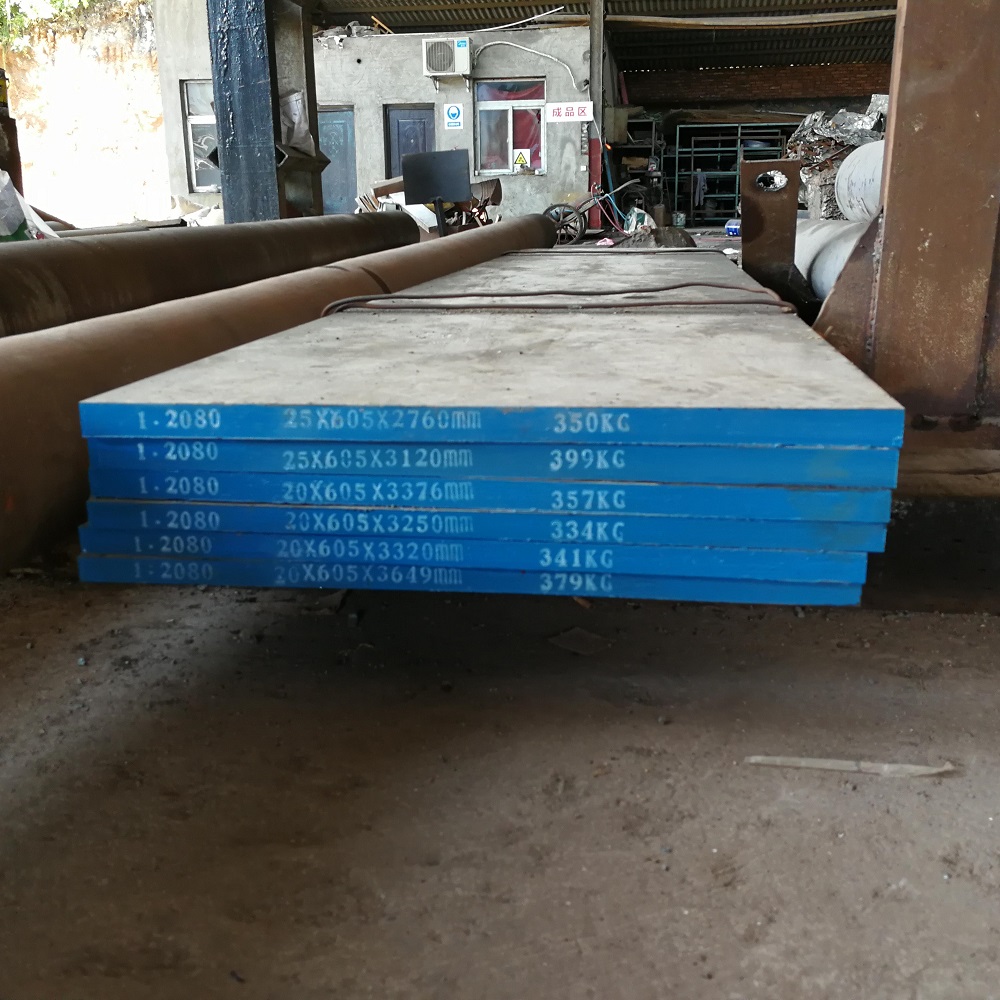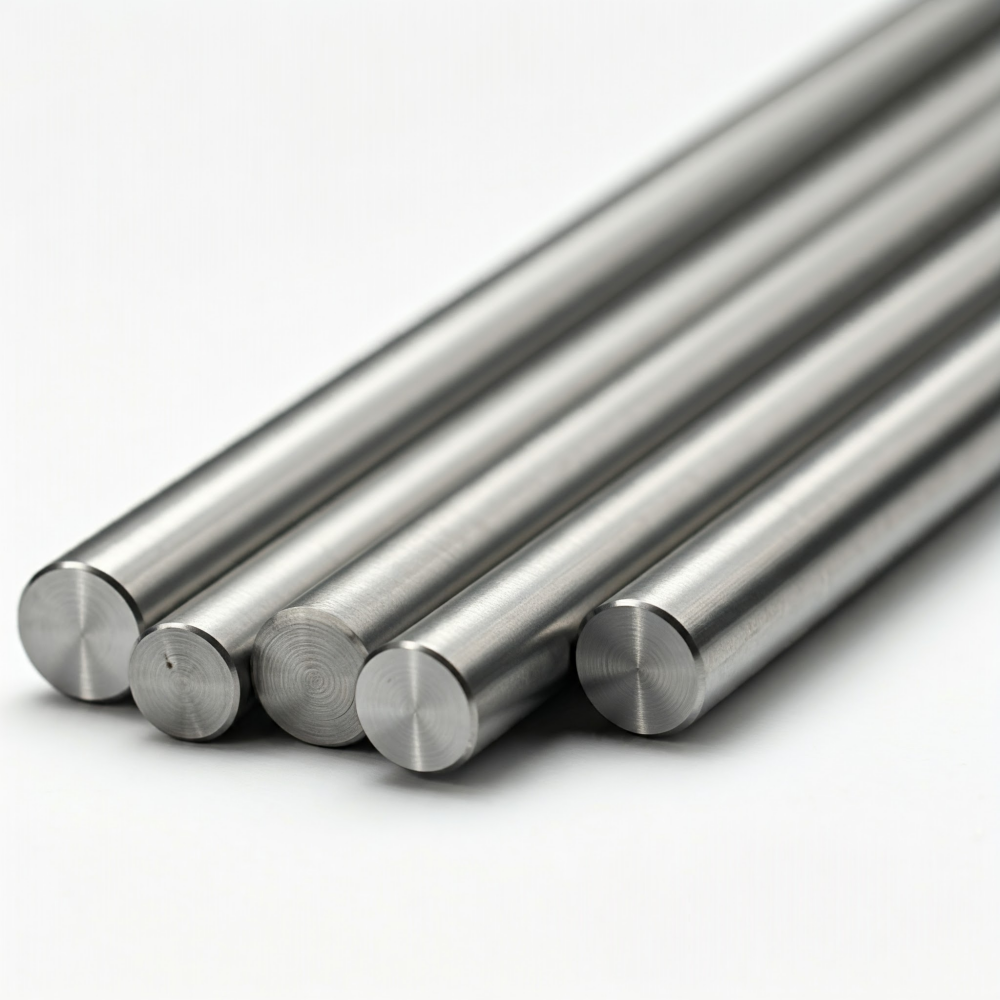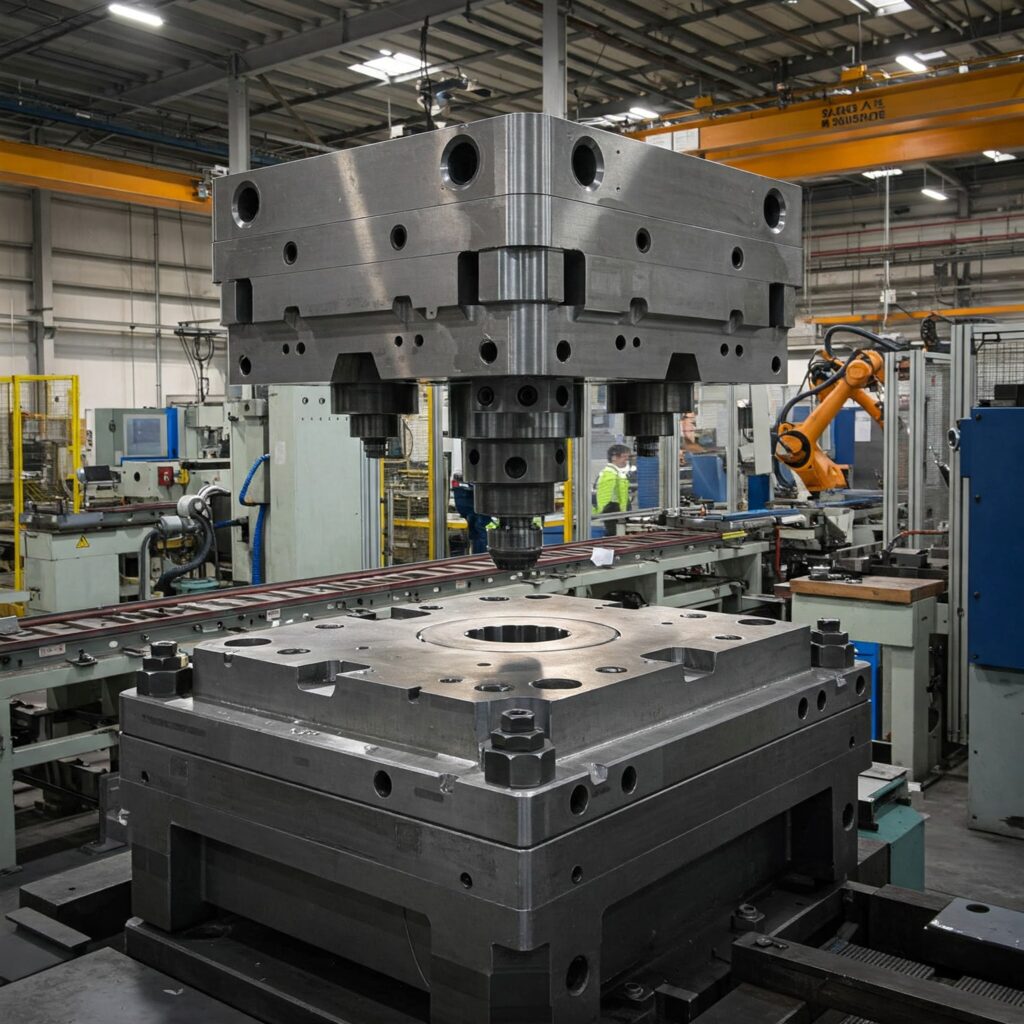D3 tool steel heat treatment is critical to achieving its optimal properties, involving a series of stages: preheating, austenitizing, quenching, and tempering. This process aims to transform the steel’s microstructure to a hardened and tempered martensitic structure with carbides that provide the desired cutting tool properties.
What is D3 tool steel? D3 tool steel is a high-carbon, high-chromium, cold-work tool steel characterized by high wear resistance, high compressive strength, and deep hardening properties. The D3 tool steel composition1 is C2.00 – 2.35%, Cr11.00 – 13.50%, Mo≤ 0.40%, V≤ 0.35%, Mn≤ 0.60%, Si≤ 0.60% , P≤ 0.03%, S≤ 0.03%.
The equivalents for AISI D3 tool steel:
- Germany (DIN/Werkstoff No.): 1.2080, X210Cr12, X200Cr12
- Japan (JIS): SKD1
- China(GB): Cr12


The following are the steps of D3 tool steel heat treatment.
Preheating
Preheating is an essential operation for virtually all tool steels, including D3. While it plays no part in the hardening reaction from a metallurgical standpoint, it serves three important functions: reducing thermal shock, increasing equipment productivity, and reducing carburization and decarburization. The preheating temperature is 1200°F/650°C2.
Austenitizing (Hardening)
Austenitizing is the second step of the heat treatment operation. Tool steels rely on the dissolution of various complex alloy carbides during the austenitizing process. For D3, the optimal hardening temperature is typically around 960 °C (1760 °F), or within the range of 980-1025 °C (1796-1877 °F).
Quenching
Following austenitizing, the steel is quenched to transform austenite into martensite. Martensite is the desired hard and brittle structure, which forms the basis for the steel’s cutting properties. D3 does not contain molybdenum, so it is quenched with oil. Compared with air quenching, oil quenching carries a higher risk of deformation and cracking. Therefore, the cooling rate must be controlled to prevent the formation of undesirable phases, such as pearlite or bainite.
After quenching, the steel is in a highly stressed state and susceptible to cracking. It’s crucial to cool the part to approximately 65 °C (150 °F) before proceeding to tempering.
Tempering
Tempering is the final critical heat treatment step performed after quenching. Its primary purposes are to increase the toughness of the steel, relieve internal stresses, and provide secondary hardness. For D3 and other high-carbon, high-chromium steels, double or triple tempering is highly recommended. D3 steel is commonly tempered at a low temperature of approximately 200 °C (390°F). At this tempering temperature, D3 steel has a hardness of 60 HRC. The higher the tempering temperature, the lower the final hardness. The specific temperature depends on the target hardness required.
In conclusion, the proper D3 tool steel heat treatment involves precise control over temperature and time during preheating, austenitizing, quenching, and especially multiple tempering cycles. Understanding and carefully managing these steps are crucial for developing the desired hard, wear-resistant, and dimensionally stable microstructure while minimizing the risks of cracking and distortion.
If you wish to purchase D3/1.2080/Cr12 round or flat bar, please do not hesitate to contact us. We have a complete range of sizes in stock for you to choose from—fast shipping and reliable quality.
- Bringas, J. E. (Ed.). (2004). Handbook of Comparative World Steel Standards (3rd ed., p. 433). ASTM International. ↩︎
- Bryson, W. E. (2007). Heat Treatment, Selection, and Application of Tool Steels (p. 184). Hanser Publications. ↩︎
Get a Competitive Quote for D3/1.2080/Cr12 Tool Steel
With over 20 years of forging expertise, Aobo Steel is your trusted partner for high-performance D3/1.2080/Cr12 tool steel. We provide not just materials, but solutions. Leverage our deep industry knowledge and reliable supply chain for your project’s success.
✉ Contact us by filling out the form below.


